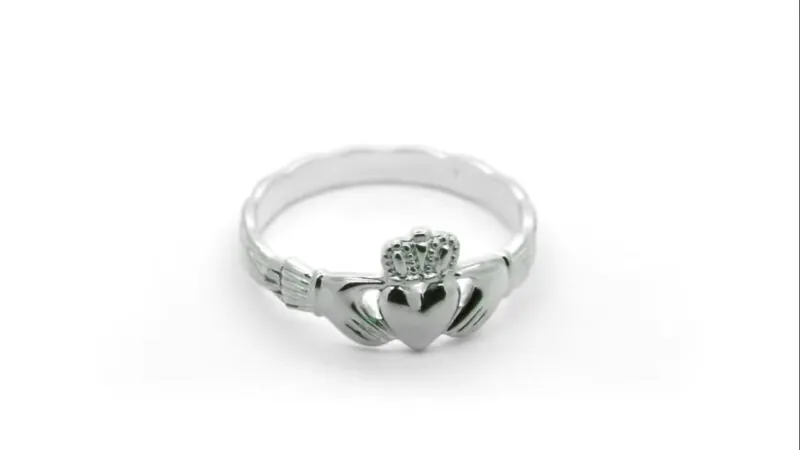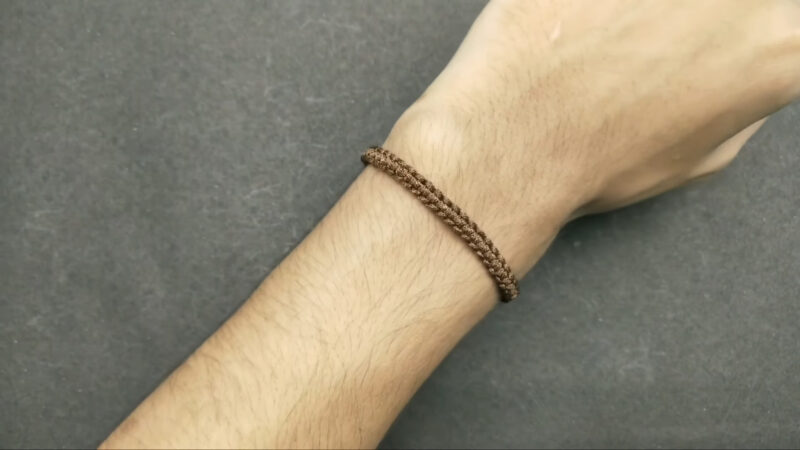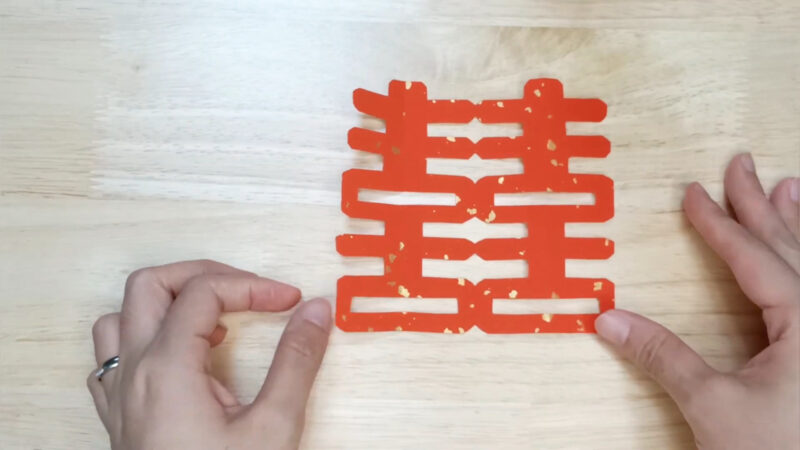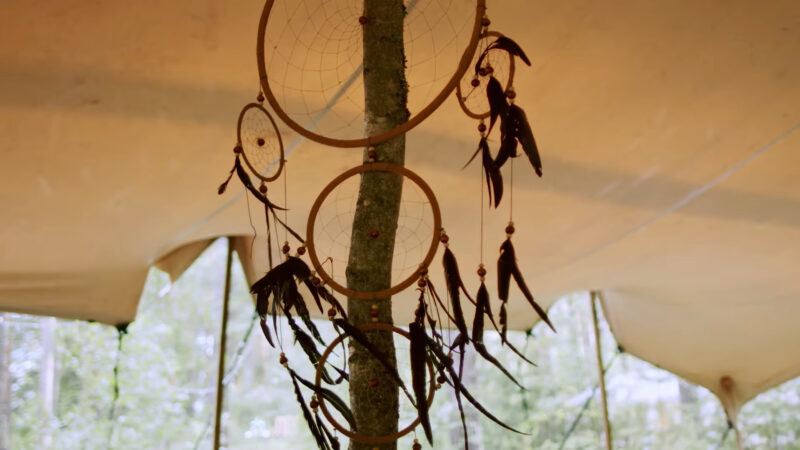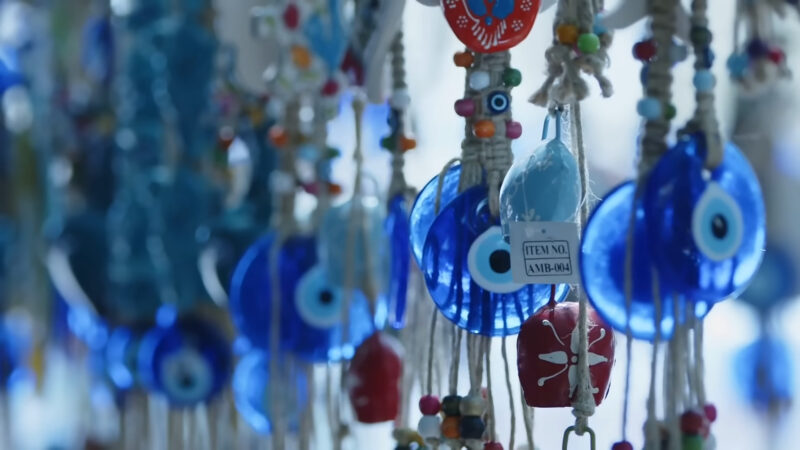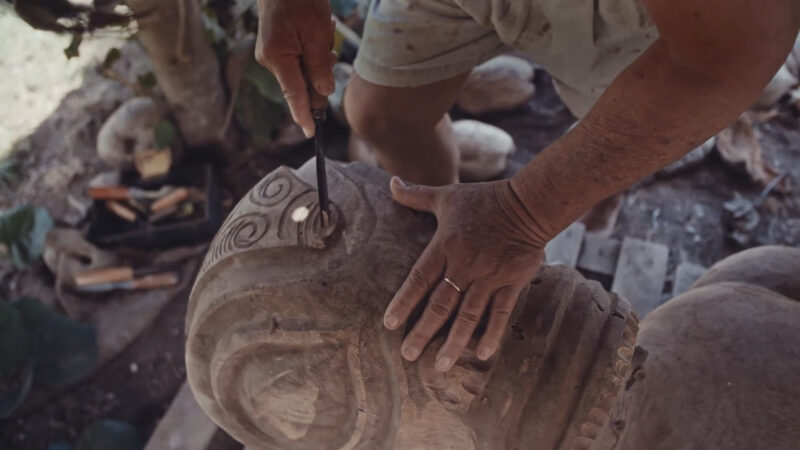Friendship is something we all share, no matter where we’re from. Symbols of friendship show the many ways people express love, loyalty, and connection. From jewelry to nature, each symbol has a deep meaning and history. These symbols don’t just strengthen bonds, they also give us a look into the values and traditions of different cultures.
These Timeless Symbols of Friendship help us appreciate friendship and teach us how important it is. I will explore some of the most lasting symbols of friendship from around the world, highlighting their unique stories and meanings.
9. Celtic Claddagh Ring
The Claddagh ring from Ireland is a powerful symbol of friendship, love, and loyalty. The design has two hands holding a heart, with a crown on top. Each part means something: the hands represent friendship, the heart symbolizes love, and the crown stands for loyalty.
Claddagh rings are often given as gifts to express these feelings, especially among friends. The ring’s origins go back to the small fishing village of Claddagh in the 1600s. It has become an iconic symbol, not just in Ireland but everywhere.
A fascinating fact about the Claddagh ring is that it can convey the wearer’s relationship status based on how it is worn. If the ring is worn on the right hand with the heart facing outward, it means the wearer is single and looking for love. If worn on the right hand with the heart facing inward, it indicates that the wearer is in a relationship.
When worn on the left hand with the heart facing outward, it signifies engagement, and with the heart facing inward on the left hand, it means the wearer is married. This unique feature adds a layer of personal communication to the already rich symbolism of the Claddagh ring, making it a versatile and meaningful piece of jewelry.
8. Japanese Cherry Blossoms
In Japan, cherry blossoms, or sakura, are more than just beautiful flowers; they are a profound symbol of friendship and the transient nature of life. The delicate blooms appear in spring and last only a short time, reminding people to cherish the fleeting moments they have with friends.
Cherry blossom viewing, known as hanami, is a cherished tradition in Japan where friends gather to enjoy the beauty of the blossoms together. This practice emphasizes the importance of appreciating and nurturing friendships, making cherry blossoms a poignant symbol of bonds that are both beautiful and temporary.
Japanese Cherry Blossoms in The Last Samurai
In the movie “The Last Samurai,” cherry blossoms, or sakura, are used symbolically to represent the themes of beauty, transience, and the fleeting nature of life. These delicate blooms appear prominently throughout the film, particularly in scenes involving the character Katsumoto, played by Ken Watanabe.
Key Moments Featuring Cherry Blossoms:
- Katsumoto’s Garden: One of the most significant scenes involving cherry blossoms is when Katsumoto reflects on the beauty of the blossoms in his garden. He contemplates the transient nature of the cherry blossoms, which bloom brilliantly but briefly, symbolizing the samurai’s appreciation for the fleeting beauty of life and the importance of living with honor and purpose.
- Philosophical Reflections: Katsumoto often meditates on the cherry blossoms, discussing their symbolism with Nathan Algren, played by Tom Cruise. This reflects the samurai philosophy of mono no aware, a Japanese term that expresses a deep appreciation for the impermanence of things and a gentle sadness at their passing. The cherry blossoms become a metaphor for the samurai way of life, which is threatened by modernization and change.
- Final Battle Scene: In the climactic battle scene, cherry blossoms are present, emphasizing the themes of honor, sacrifice, and the transient nature of life. The imagery of cherry blossoms falling mirrors the fall of the samurai, who fight valiantly but face inevitable defeat. This poignant use of cherry blossoms reinforces the beauty and tragedy of the samurai’s final stand.
Symbolism of Cherry Blossoms in the Film:
- Ephemeral Beauty: The cherry blossoms’ brief bloom period symbolizes the transient beauty of life and the fleeting moments of glory and honor that the samurai experience.
- Cultural Reflection: The blossoms serve as a cultural touchstone, connecting the characters to traditional Japanese values and aesthetics, emphasizing the conflict between the old ways and the encroaching modern era.
- Personal Growth: For Nathan Algren, the cherry blossoms symbolize his personal journey and transformation. Initially an outsider, his growing understanding and appreciation of the samurai way of life, mirrored by his growing appreciation for the cherry blossoms, reflect his internal change and alignment with samurai values.
In “The Last Samurai,” the use of cherry blossoms is not just a backdrop but a deeply integrated symbol that enhances the film’s emotional and philosophical depth, highlighting the beauty, honor, and inevitable change that define the samurai’s world.
7. Indian Friendship Bracelets
Friendship bracelets are a beloved tradition in India, symbolizing everlasting friendship. These colorful and often handmade bracelets are exchanged among friends as tokens of appreciation and love. Each bracelet is unique, reflecting the personal effort and care put into making it.
Making and giving a friendship bracelet is seen as a way to strengthen the bond between friends. This tradition is especially popular among young people, who often wear multiple bracelets as proof of their friendships. The vibrant colors and intricate designs celebrate the diversity and richness of human connections.
Fun Facts
- Meaning of Colors: The colors in the bracelets have special meanings. Red stands for love, yellow for happiness, blue for trust, and green for growth. The colors chosen reflect the giver’s feelings and wishes for their friend.
- Handmade with Care: Making these bracelets by hand makes each one special. The time and effort put into creating them show how much the friendship means. Patterns can be simple or complex, with some bracelets featuring beads, charms, or initials.
- Cultural Variations: Different regions in India have unique styles. Rural areas might use natural fibers like jute and cotton, while urban areas use synthetic threads and decorations like sequins and beads.
- Modern Trends: Today, friendship bracelets can be made from leather, metal, or eco-friendly materials. Some are customizable, letting friends choose their favorite colors and patterns.
- Symbol of Unity: Beyond personal friendships, these bracelets are used in schools and communities to build teamwork and solidarity. They promote a sense of unity among groups.
Celebration and Rituals
- Friendship Day: Celebrated on the first Sunday of August, friends exchange bracelets to honor their bond. The day includes parties, gifts, and social media posts about friendships.
- Raksha Bandhan Influence: Inspired by Raksha Bandhan, a festival celebrating sibling bonds, friendship bracelets are tied with a sense of ceremony, including promises to support and protect each other.
6. Chinese Double Happiness Symbol
The Chinese character for “double happiness” is a well-known symbol of friendship and joy. While commonly linked to weddings, it also represents harmonious relationships and strong friendships. The character has two identical parts, representing the idea of shared happiness.
In Chinese culture, this symbol is often seen in homes and on gifts exchanged between friends. It shows the importance of mutual joy and the belief that happiness is best when shared. The double happiness symbol honors the value placed on friendship and the positive energy it brings.
5. Native American Dreamcatcher
Dreamcatchers are significant in Native American culture as protectors against negative energy and bad dreams. According to the Ojibwe tribe’s legend, dreamcatchers were created because Asibikaashi, the spider woman who protected children from bad dreams, couldn’t reach every bed each night, so the women wove magic webs to hang over cradleboards.
They are also seen as symbols of unity and friendship. Traditionally, dreamcatchers are handmade, often given as gifts to show care and protection.
The web-like design is meant to catch bad dreams, allowing only good ones to pass through. The main strings represent a spider’s web, and the center hole allows good dreams to pass down to the sleeper. Feathers attached to the bottom of the dreamcatcher act as soft slides for good dreams to travel down.
This protective quality makes dreamcatchers a meaningful gift between friends, symbolizing the desire to protect and support each other. Beads woven into the web symbolize the spider, and they prevent good dreams from getting trapped.
Making and giving a dreamcatcher reflects the deep bonds of friendship and the importance of looking out for one another. Traditional dreamcatchers were made of willow and sinew, designed to dry up and collapse, teaching that nothing lasts forever and to appreciate everything.
4. Mexican Milagros
Milagros, or “miracles,” are small religious charms found in Mexico and other Latin American countries. They are often used as symbols of gratitude and friendship. These charms can be made from materials like metal and wood, and come in shapes such as hearts, hands, and animals.
Friends exchange milagros to show appreciation and offer blessings of good health, protection, and happiness. Giving a milagro is a heartfelt gesture that shows the enduring nature of friendship and the mutual support friends provide.
3. Turkish Evil Eye
People believe the Turkish evil eye, or Nazar, protects against negative energy and envy. They also see it as a symbol of friendship and protection. The evil eye is usually blue and white, often worn as jewelry or displayed in homes. In Turkish culture, giving an evil eye amulet to a friend is a way to show care and protection.
This symbol represents the desire to shield loved ones from harm and ensure their well-being. The widespread use of the evil eye in Turkey and beyond highlights its importance as a protective and unifying symbol of friendship.
Historical Value
The history of the evil eye dates back to ancient Mesopotamia, where the concept was first recorded. Ancient Sumerians, Assyrians, and Egyptians believed in the power of the evil eye, associating it with divine and supernatural forces.
The blue color of the Nazar Boncuk charm, widely recognized today, was considered sacred and protective in ancient Egyptian culture, symbolizing the divine and the eternal sky. This belief spread through various civilizations, including the Greeks and Romans, who saw the evil eye as a way for the gods to balance pride and fortune.
Cultural Variations
Different cultures have unique interpretations and uses of the evil eye symbol. In Hindu culture, even an admiring glance could invoke the evil eye, prompting rituals to counteract its effects.
In South America, particularly Brazil, the “fat eye” targets those receiving insincere compliments. European traditions associate the evil eye with witches and superstition, leading to various protective measures like the use of crosses or specific hand gestures.
Modern Practices
Today, the Turkish evil eye remains a popular symbol, transcending its traditional roots to become a global cultural icon. It is not only a common sight in Turkish households and shops but also a fashionable accessory worldwide.
The amulet’s design, predominantly featuring shades of blue, is crafted from glass and often layered to enhance its protective qualities. The ongoing practice of replacing a cracked or broken amulet signifies the belief that it has successfully warded off negative energy, ensuring continuous protection.
2. African Friendship Stool
In many African cultures, stools are significant objects that represent leadership and unity. The friendship stool, often intricately carved and passed down through generations, symbolizes the foundation of strong relationships. In some communities, friends exchange small stools as a sign of respect and solidarity.
These stools are more than just functional items; they are powerful symbols of the support and stability that friendships provide. The tradition of giving a friendship stool reflects the value placed on loyalty and the enduring nature of these bonds.
Also, Adwa is very famous Adwa. It is the Akan word for stool. Ohene Adwa literally means the King’s stool. This symbol holds a powerful meaning for the Akan people. It represents the throne of the King and command given from this throne is upheld as the law.
1. Polynesian Tiki
Tiki statues in Polynesian culture are the first on our list of Timeless Symbols of friendship. They represent ancestral spirits and are often linked to protection and strength. They are also symbols of friendship and community.
Tiki statues are typically carved from wood or stone, featuring distinctive facial expressions and body postures. Giving a Tiki statue to a friend is a gesture of respect and a wish for their protection and well-being.
This practice shows the importance of community and the belief that friendships are a source of strength and support. The Tiki’s enduring presence in Polynesian culture highlights its role as a powerful symbol of friendship and unity.
If you want to search more about Tiki, we recommend you watch the movie Kon-Tiki.
Conclusion
Timeless Symbols of Friendship from around the world offer a rich tapestry of cultural expressions and values. Whether through jewelry, nature, or traditional objects, these symbols capture the essence of human connection.
They remind us of the importance of cherishing our relationships and the diverse ways we can show appreciation and love.
From the Claddagh ring in Ireland to the Tiki statues in Polynesia, each symbol tells a unique story of friendship’s enduring power. Understanding these symbols not only enriches our own relationships but also fosters a deeper appreciation of the cultural heritage that shapes our world.
In a world where connections can be fleeting, these timeless symbols remind us of the lasting impact of true friendship.


